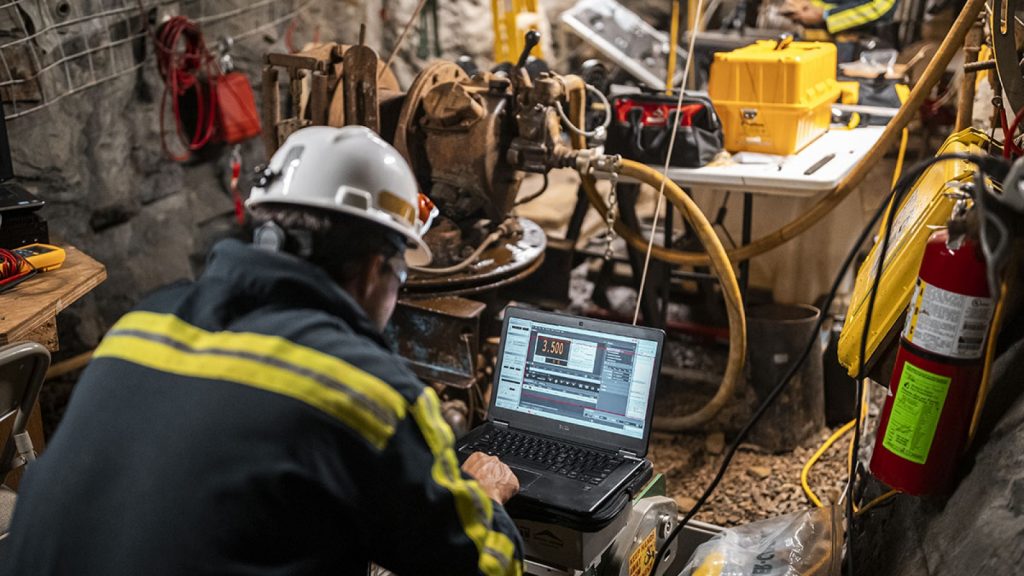Large U.S. EGS collaboration project researching hydraulic shearing for geothermal

A large collaboration project on Enhanced/ Engineered Geothermal Systems (EGS) in the U.S. is researching how hydro-shearing could help to extract geothermal energy and how to do so inexpensively, economically viably, environmentally safe and technologically feasible.
Beneath the city of Milford, Utah, the Earth’s crust is especially thin. Just two kilometers below the surface lies hot granite at elevated temperatures of 175 centigrades. These hot rocks are good news for researchers like Dobson, who are developing technologies to advance geothermal energy systems.
“Geothermal systems are really just trying to mine heat,” so Patrick Dobson, geothermal systems program lead and staff scientist at Lawrence Berkeley National Laboratory (Berkeley Lab). “From a geothermal standpoint, higher temperatures at shallower depths are a good thing. We don’t have to drill as deep to get the temperatures that we need.”
A site just northeast of Milford isthe location for the Department of Energy’s FORGE project (Frontier Observatory for Research in Geothermal Energy). If the project is successful in extracting natural heat, it could act as an enormous, domestic, clean energy resource.
There’s just one problem: the rock near Milford isn’t naturally permeable.
“Geothermal extraction requires three things: hot rock, permeable pathways through the rock and fluid to extract the heat,” explained Tim Kneafsey, principal investigator for the Enhanced Geothermal Systems (EGS) Collab Project and a staff scientist with Berkeley Lab. “Hot rock is an abundant resource in the US, but it is often missing open pathways that allow you to extract the heat.”
The EGS Collab is working to find better ways to extract heat from the earth’s hot rocks. Under the leadership of Berkeley Lab and Sandia National Laboratories, researchers are creating models that can predict the behavior of geothermal hot spots, before full-scale site research begins at the FORGE laboratory in Utah.
“The challenge is to safely and inexpensively create pathways in rocks that will allow us to circulate fluids and extract heat,” Dobson said. “Is it economically viable? Environmentally safe? Technologically feasible?”
These questions brought the EGS Collab to Sanford Underground Research Facility (Sanford Lab).
The EGS Collab includes researchers from nine national labs—LBNL, SNL, Lawrence Livermore National Laboratory, Pacific Northwest National Laboratory, Idaho National Laboratory, Los Alamos National Laboratory, National Renewable Energy Laboratory, National Energy Technology Laboratory, and Oak Ridge National Laboratory; and seven universities—South Dakota School of Mines & Technology, Stanford, University of Wisconsin, University of Oklahoma, Colorado School of Mines, Penn State, and Rice University.
This EGS Collab Project is supported by the U.S. Department of Energy, Geothermal Technologies Office; part of the Office of Energy Efficiency and Renewable Energy (EERE).
For further details on the collaboration by the different organisations, see link to the press release below.
Source: Sanford Lab Press Release